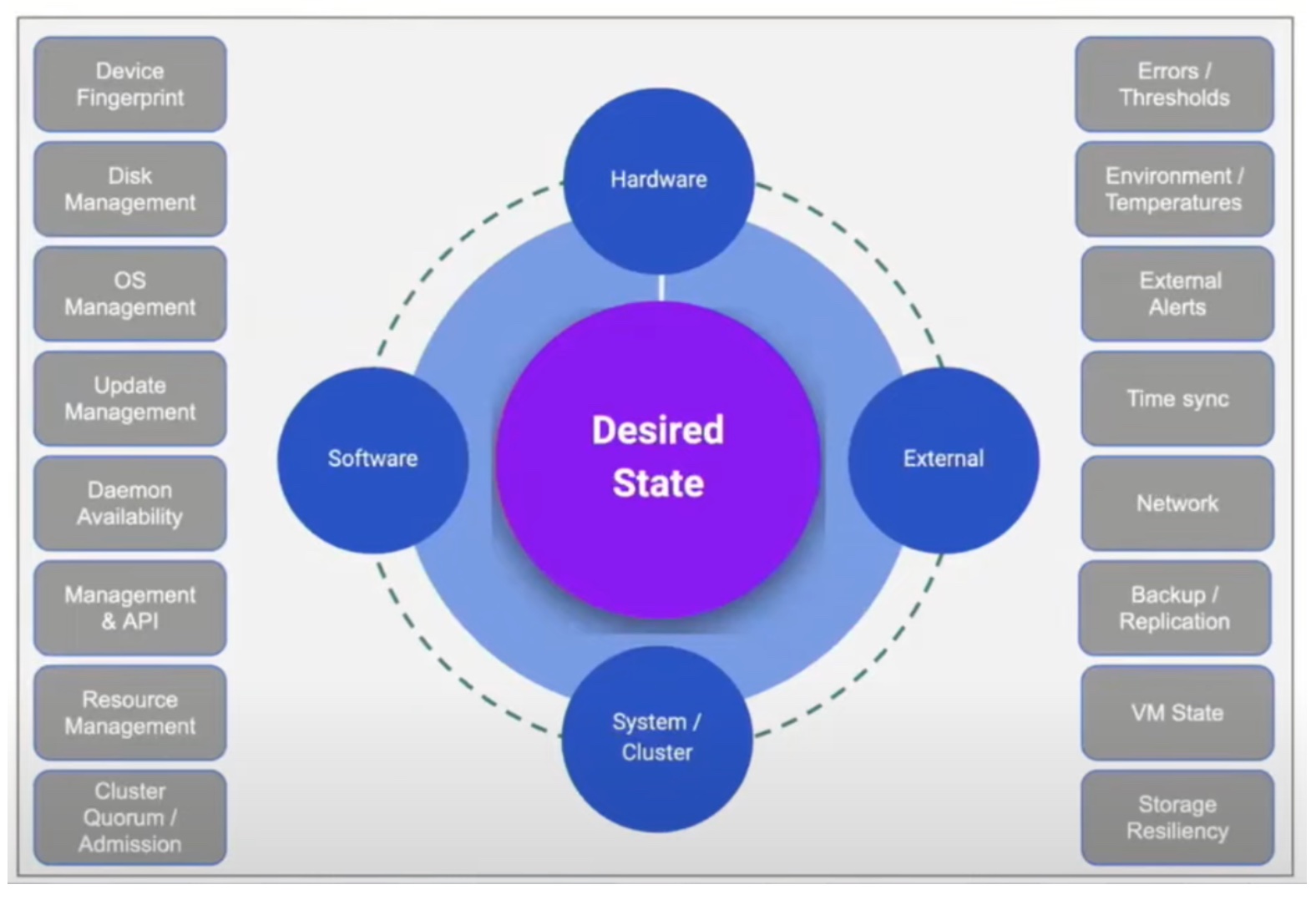I was wondering how long it would take before these three decided to get together and try to push out the competition. For a customer that hasn’t really done anything with Virtualization due to the perceived risk with implementation this would be a tempting way to go since it would appear to reduce those risks. There are really three main parts to this announcement.
The Vblock Infrastructure Packages
This is the combined hardware and software offered by Cisco, EMC, and VMware which are made up of pre-packaged VMware, UCS, MDS, and EMC storage solutions and called a Vblock. As part of the announcement, three Vblock solutions were introduced:
- Vblock 0 (available mid-year 2010) is an entry level system which includes Cisco compute and networking, EMC Unified Storage, and VMware vSphere software.
- Vblock 1 is a mid-sized configuration that includes Cisco UCS, Nexus 1000v and MDS swicthes, EMC CLARiiON CX-4 storage, and VMware vSphere.
- Vblock 2 is a high end solution that includes Cisco UCS, Nexus 1000v and MDS swicthes, EMC Symmetrix V-Max storage, and VMware vSphere.
VCE Services
There are a number of “pre-packaged” services offerings ranging from high level strategy, to actual implimentation services for the Vblock. These servcices will be delivered by a new company called Acadia which is a joint venture between Cisco and EMC. Note that a quick trip to Acadia.com indicates that Acadia will not be fully functional until 2010.
VCE Seamless Support
The three vendors have created a vutual support center which is a combination of people from each of the three. They have also created joint test labs and cooperative engineering groups, etc. to try and provide the customer with a single point of contact for support.
My experience has been that the support for Vmware solutions tends to break down around the interfaces between the components. For example, where the storage meets the server and VMware itself. When there is a problem, who do you call first? As it turns out managing the “interfaces” tends to fall on the heads of the customer’s infrastructure team. They in turn need the skills and the knowledge to fill those gaps. THAT is a lot of risk to take on, especially in the beginning. The consolidated support part of this coalition would mitigate those risks since there is only one virtual support organization. The question in my mind as a customer would be, how up to speed are these support guys going to be in regards to those “gaps” on day one?
You also have to wonder how much leverage a customer ends up having when they are buying this kinds of unified solution? Since everything is unified, and there is only one game in town, you have to wonder how expensive something like this is going to be? Sure, EMC, CISCO, and Vmware are going to tell you that all of the goodness of the unification means that the solution is going to be a little more expense … But look at what you’re getting for that extra money! 😉
What I would be interesting in knowing is what other vendors like Microsoft, Brocade, IBM, NetApp and Hitachi are planning as a response, if anything? Perhaps a collation between VMware, DELL, Brocade, and NetApp to offer similar prepackaged solutions? Would Vmware refuse to join such a collation and turn away business? Or even if they didn’t join the collation there’s still nothing preventing the rest of those vendors from forming a collation and just buying Vmware as they need it or joing with Microsoft and offereing something based on Hyper-V instead of VMware. Could this be the start of “Coalition Wars”?




